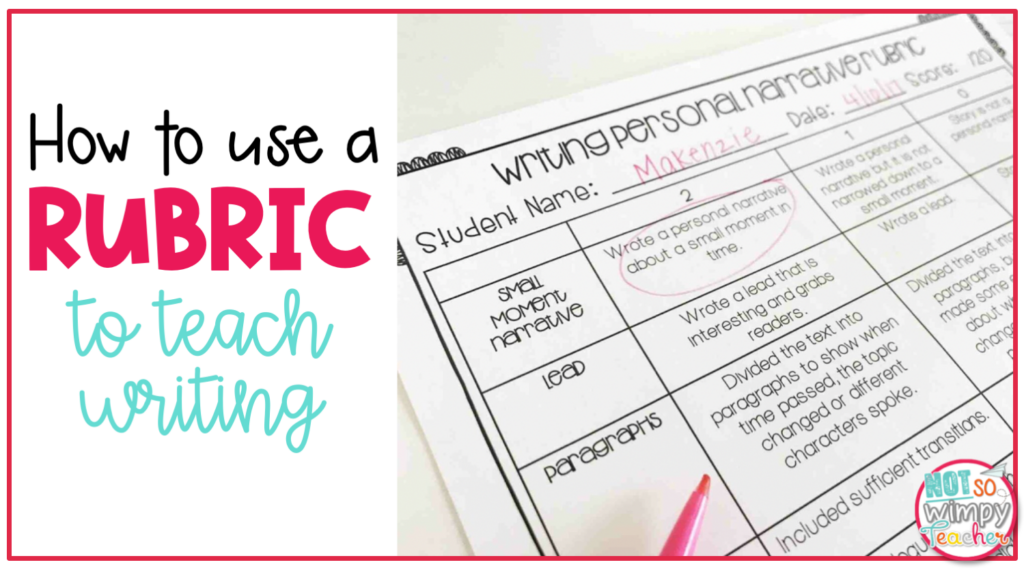
I am a big fan of using rubrics in the classroom. They make grading everything from science fair projects to math assessments to writing masterpieces so much easier. And they are a helpful tool for students too. But did you know you can even use a rubric to teach writing?
Check out this video where Caroline talks about using rubrics to teach writing.
Or keep reading for all the great tips.
What is a rubric?
You’ve probably used a rubric to grade students’ work. A rubric is a scoring tool that explicitly states the performance expectations for a particular assignment. It’s broken down by learning goals or standards. And each standard is divided into different levels of proficiency.
The rubric provides clear expectations for students and helps them know what’s required to be successful on assignments.
What should a writing rubric measure?
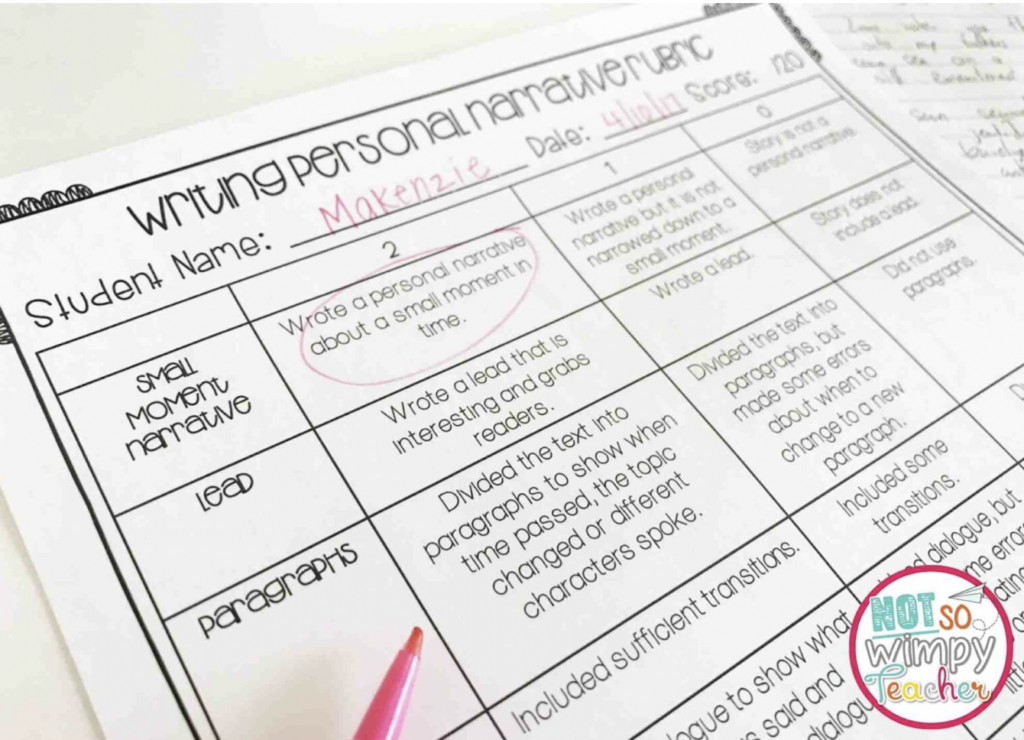
Assignment-specific learning goals
A good writing rubric should measure the learning goals of the specific assignment. Sometimes you need to create your own rubric to match a writing assignment. (All of my writing units come with rubrics specifically designed to measure the learning goals covered in each lesson. So if the thought of creating your own rubrics makes you cringe, check out my writing bundles available for grades 2-5.)
You may have school or district-wide writing rubrics that you are required to use. Or you may have access to the rubric used to score standardized tests. An effective rubric is one that is closely aligned with standards to be measured.
Ideally, the rubric is designed for the specific assignment and measures the learning goals of the task. Each standard you are measuring should have its own set of criteria. You can even weight standards differently, depending on how much time you spent on a particular skill and/or how important it is to the assignment.
For instance, if I were teaching personal narrative I’d want to measure the following standards: crafting a small moment, using leads, paragraphs, transitions, dialogue, details, word choice, conclusion, spelling, and grammar.
Proficiency
The rubric should be divided into different levels of proficiency. Most rubrics have three or four different levels of competency. These levels can be classified as “beginner,” “proficient,” and “advanced.” Often these levels are identified with numbers like 0, 1 and 2.
Sometimes rubrics will attempt to conceal the levels of proficiency with cute names or code words because they don’t want kids to “feel bad.” I am not a fan of this practice. If we want rubrics to provide valuable feedback to students, they must be straightforward. Students deserve to know their current level of proficiency so they can work on improving their writing.
There is no shame in being a “beginner” at something or in getting a 0. It’s not a judgment about the person, but simply a description of how well they have mastered a certain learning goal.
Writing is a skill that students will develop over many years. You should not expect all your students to be advanced from the beginning. And they shouldn’t expect that either. If they already know everything there would be no need to teach the lessons.
Why use a rubric?
Valuable feedback for students
There are several great reasons to use rubrics to teach writing.
Students benefit from explicitly defined evaluation criteria. A clearly defined rubric helps them submit their best work. And when we grade based on a rubric students get valuable feedback about which standards they have mastered and which still need work.
Instead of just arbitrarily assigning a B- or an 80 to a writing assignment, students know exactly what they did well and which areas can use some improvement. This helps them become better writers. It also leads to more satisfaction with their grades because they understand why they received the score they did.
Students can even use the rubric during their editing stage to “grade” themselves.
Valuable information for teachers
Rubrics are also helpful for you. They provide valuable information to help you structure future lessons. If many students scored zeroes in dialogue (no surprise, it’s a tricky skill for kids to master) you know you need to reteach this skill.
You can also use information from the rubrics to pull together cohesive small groups. For instance, you could put all the students who score advanced on writing leads or conclusions to introduce more challenging strategies. Or you could pull together your students who need extra practice with paragraphs and transitions for an extra mini lesson.
Helpful for lesson planning
Finally, the rubric can guide your teaching. At the start of each unit, you should review the writing rubric you will use to assess student learning. You want to make sure you explicitly teach all of the categories on the rubric. Students need ample time to practice these new skills before assessment.
Similarly, you can use school-based or standardized-test rubrics to plan your writing instruction. If you know what skills students will be expected to demonstrate during testing, you can make sure they are adequately prepared by tailoring your lessons to focus on those skills.
Another great tool for lesson planning is my What To Teach in Writing Guide. This guide gives you a list of mini lesson topics for four different genres of writing: personal narratives, informational reports, opinion essays, and fiction narratives. Plus, suggestions for teaching the topics!
Writing Resources

Want more detailed lesson plans? You’re in luck!
I have put together a full year of ready-to-use lesson plans, student writing assignments, and rubrics for grades 2-5. Each grade includes four different genres: personal narrative, informational report, opinion, and fiction.
These writing bundles have everything you need to teach writing for the entire year.
- 160 days of lesson plans that include guiding questions, materials, mini lessons, student work tasks, student share tasks, intervention, and several extension activities
- 55 original mentor text passages
- 10 sets of task cards
- Teacher and student anchor charts and printables for writing notebooks
- Conference and goal-tracking forms
- Rubrics for all four genres
- And lots more!
I absolutely LOVE this writing bundle!! It has everything included- no texts to hunt down or rubrics to create. It has it all, including task cards! Looking through it the first time I had a “where have you been all my life” moment. Kim S.
Shop This Post
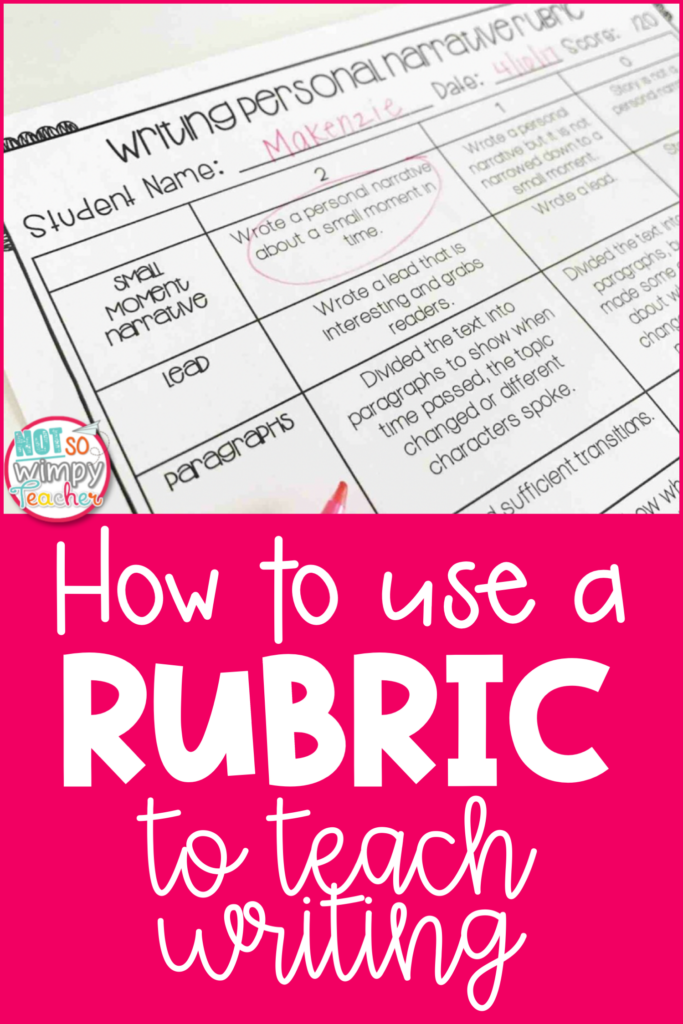
Have a Not So Wimpy Day,


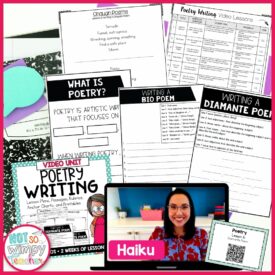
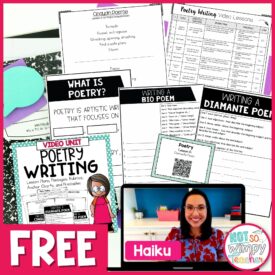


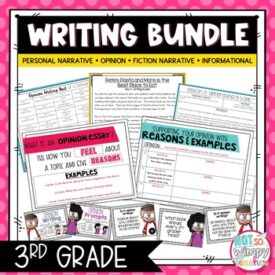

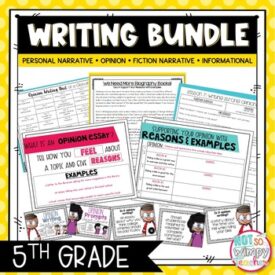

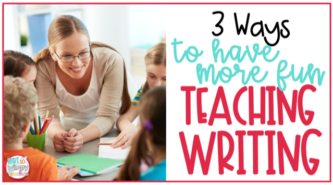
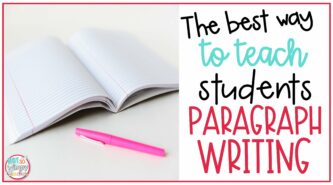
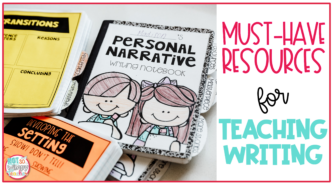











 End of Year Carnival Week for grades 2-5!
End of Year Carnival Week for grades 2-5!
To Whom It May Concern,
I am appreciative of the resources you have provided me across subject areas. I am going to make every effort to watch lessons on Facebook or attend the professional development training.
Great Job, Not So Wimpy Teacher Facebook Group!
Thank You,
Kristen Gregg
Thank you, Kristen!